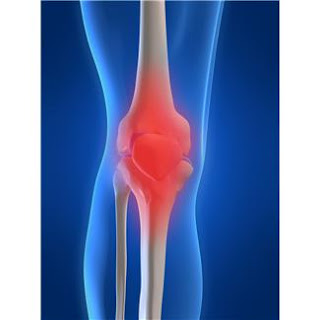 Here is a recent article we published in Surgical Infections. We explored non-compliance with the American College of Surgeons (ACS) Statement on Sharps Safety recommends the use of double gloving (DG), hands-free zone (HFZ), and blunt-tip suture needles (BTSN) in the operating room to decrease needlestick injuries.
Here is a recent article we published in Surgical Infections. We explored non-compliance with the American College of Surgeons (ACS) Statement on Sharps Safety recommends the use of double gloving (DG), hands-free zone (HFZ), and blunt-tip suture needles (BTSN) in the operating room to decrease needlestick injuries.
We used a voluntary convenience sample survey of surgical staff members in which queries related to understanding of the ACS recommendations were posed. A total of 107 of the 324 surveys were completed and returned, for a response rate of 33%. Most respondents were residents (64%) or attending surgeons (29%).
The findings were less than encouraging.
Respondents were most familiar with recommendations for DG (58% of residents and 68% of attendings) and HFZ (61% for both groups) but less so for BTSN (48% of residents and 52% of attendings). More than 50% of the staff believed that DG decreased the risk of needlesticks, yet fewer than half used DG more than 75% of the time. Half believed that HFZ protected from sticks, yet fewer than 10% used it at least 75% of the time. Fewer than 50% believed that BTSN minimizes the risk of injury, with fewer than 10% of respondents using them at least 75% of the time. Reasons for non-compliance included decreased tactile sensation with DG, lack of training with HFZ, and lack of availability of BTSN.
We have a long way to go in order to improve compliance with the ACS safety recommendations in the operating room. Our surgical colleagues must be made aware of the guidelines and must be convinced that these are beneficial to their safety. Last, undergloves, indicator gloves, and blunt tip suture needles must be readily available.
Change does not come easy.












